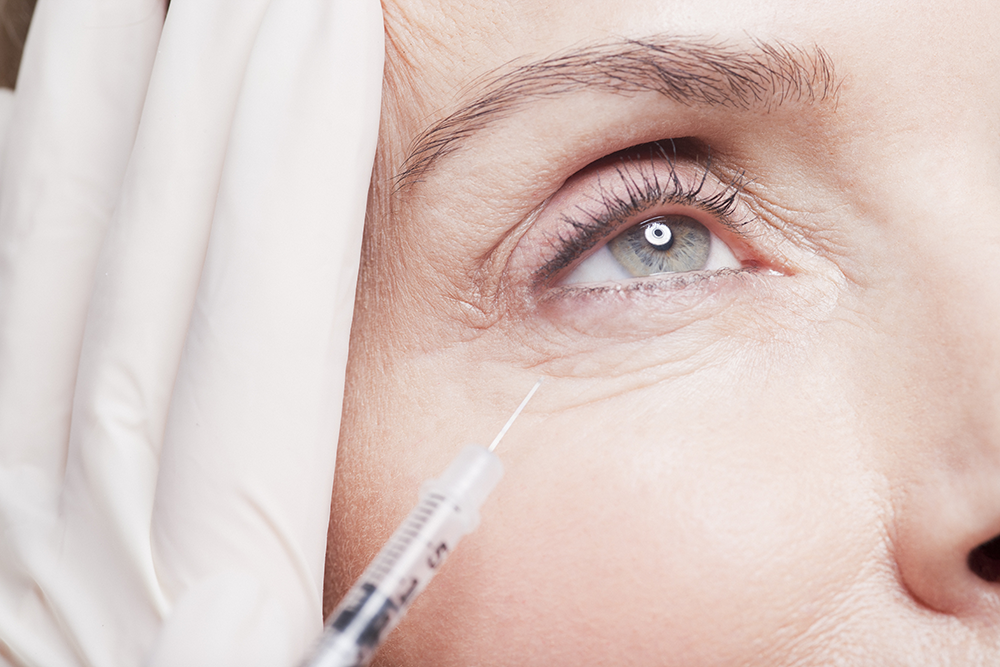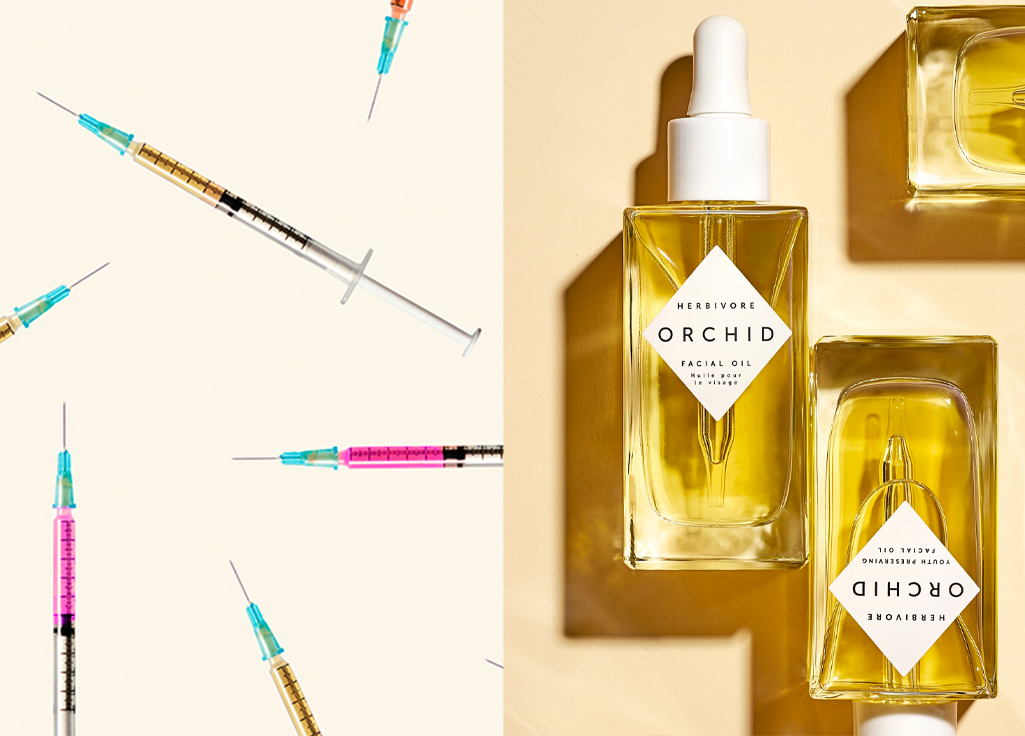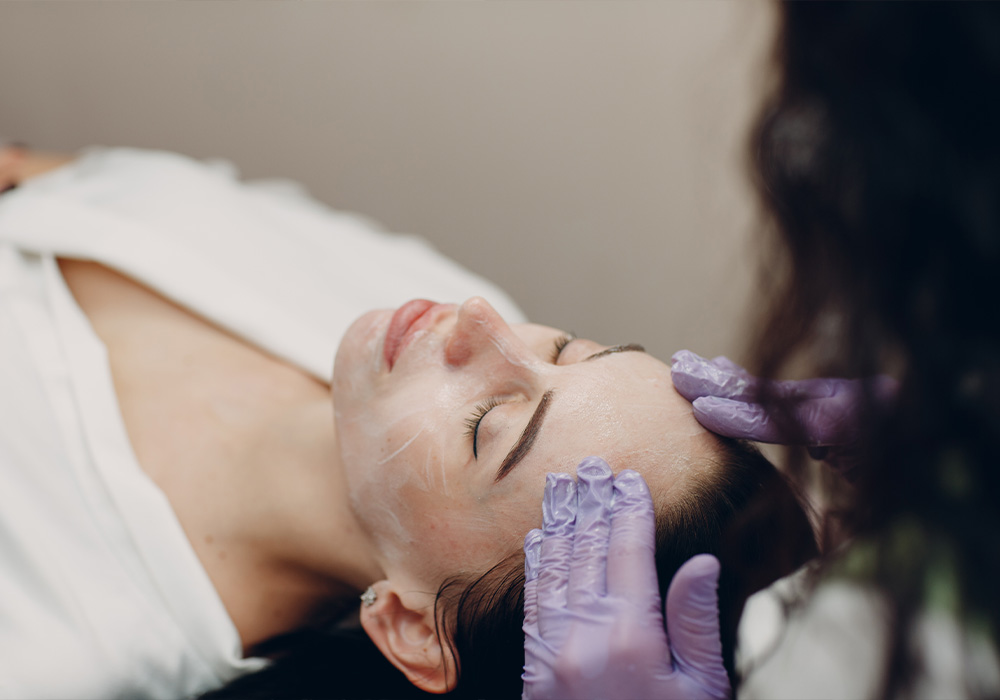There is a fine line between a subtle improvement and a Bravo Housewife–level of overindulgence. “Pillow face and chipmunk cheeks are terms used when someone is overfilled,” says Windermere, FL oculoplastic surgeon Keshini Parbhu, MD. Not every overfilled look is caused by a heavy hand, says Dr. Parbhu, noting that it might be the result of how the filler was placed. “An unskilled injector can make the mistake of thinking more filler is needed if it’s placed too superficially. You can avoid this look by going to a doctor who employs a good technique and uses the appropriate depth placement to reach the desired result.” Another way to avoid the extra puff is by not trying to erase everything. “It’s OK to still have nasolabial folds if you get fillers,” says New York dermatologist Joshua Zeichner, MD. “Eliminating them altogether will give an unnatural look to the face. Also, overfilling the under-eye area can make the cheeks look unnaturally puffy and even make the eyes look smaller.”
You May Also Like: 7 Signs You’re About to Get a Bad Injection
Serious complications associated with fillers are generally vascular, such as occlusions, which can lead to necrosis (tissue death), scarring, and even more consequentially, blindness. Although it’s an exceedingly rare complication, there is a very real risk of blindness if filler is accidentally injected into an artery, or from compression of the artery from surrounding filler. “There is a vast network of arteries and veins in the face, and it is possible for filler to enter a blood vessel and travel into one of the small vessels that feeds the eye, which can result in vision loss,” says Dr. Parbhu. Recently, a woman in Australia lost sight in one eye after receiving injections in her face at a beauty parlor. “If filler gets inside of a blood vessel and shoots off like a blood clot, it acts like a small stroke to that area. Blood can’t get to the eye because the filler is occluding the blood vessel,” says Largo, FL oculoplastic surgeon Jasmine Mohadjer, MD.
While globally, there have been less than 100 reported cases of filler- induced blindness, there are still many injectors who avoid injecting in the nasal or glabella area altogether, as these are the riskiest areas, but veins in the forehead and nasolabial folds can also lead to those vessels. “I don’t inject in the glabella area for deep number 11’s,” says Dr. Parbhu. “For me it’s too dangerous— the risk of intravascular occlusion and vision loss is far too great.”
Fresno, CA dermatologist Kathleen Behr, MD knows her anatomy and uses a device called the AccuVein to help make sure she’s not injecting into a vein. “When pointed at the patient, it reveals the veins underneath the skin.”
Dr. Behr says she also keeps hyaluronidase close by. “Theoretically, vision loss caused by filler in the orbital artery can be corrected by injecting two or more cc’s of hyaluronidase with a one- and-a-half-inch cannula behind the eyeball. The hyaluronidase may diffuse into the blood vessel and dissolve the filler, giving the patient a chance at restored sight,” says Dr. Behr. “My first choice would be an immediate appointment with a retinal specialist and I would take the patient there myself. The window of time you have is very short, about a couple of hours.” Hyaluronidase can also reverse potential tissue death caused by occlusion, and the window to reverse it is also very small. “If you occlude a blood vessel and don’t recognize the signs of complication, it can lead to necrosis,” says Fort Lauderdale, FL dermatologist Matthew Elias, MD. “It can happen anywhere filler is injected, but the areas with the highest risk are typically in the central face, like the nose and nasolabial folds.” One filler safety measure that cannot be stressed enough is to ensure the injector is a board-certified dermatologist, plastic or facial plastic surgeon who is properly trained to navigate around facial anatomy.

















